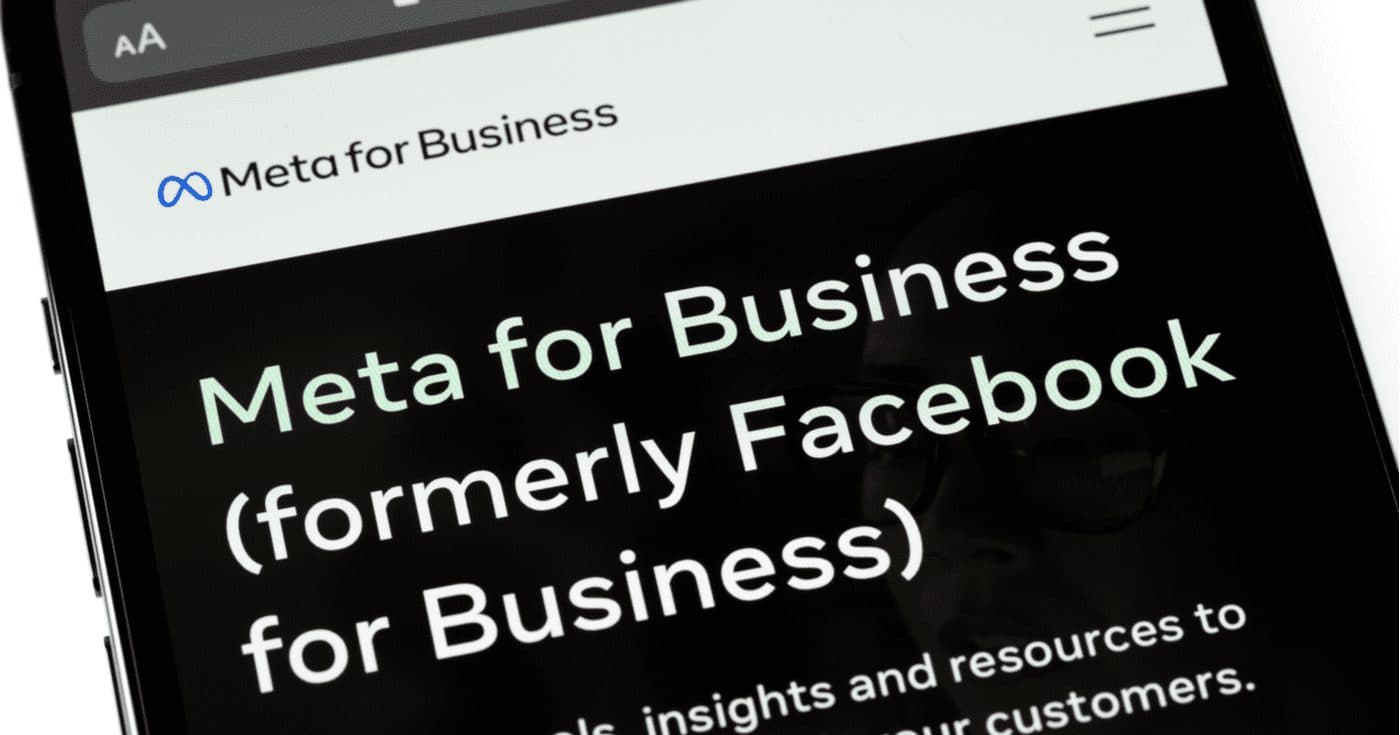Facebook Parent Meta Reverses Crypto Ad Ban
Facebook initially banned crypto ads in the January 2018 as the digital asset market imploded after the ICO bubble popped.

Meta for Business; Source: Shutterstock
- As regulators provide more clarity on digital assets and licensure expands, Facebook once again is embracing this market
- Facebook’s Diem stablecoin project has stalled, but Meta is, as the name implies, going all in on the metaverse
Meta announced Wednesday that Facebook has dramatically expanded its eligibility for digital assets advertising as the “cryptocurrency landscape has continued to mature”.
Cryptocurrency ads were virtually banned on the platform after January 2018 when the ICO bubble popped, leaving regulators scrambling and many retail investors underwater. Facebook did provide certain avenues for digital assets companies to run ads, but they needed to complete an extensive questionnaire that asked if they were publicly listed and what licenses they held — of which Facebook required one of three.
Now that number has expanded to 27 as the market has “seen more government regulations that are setting clearer rules for their industry.”
“Going forward, we will be moving away from using a variety of signals to confirm eligibility and instead requiring one of these 27 licenses,” Meta said in a blog post.
“This change will help make our policy more equitable and transparent and allow for a greater number of advertisers, including small businesses, to use our tools and grow their business.”
Cryptocurrency continues to be an evolving space, and we may refine these rules over time as the industry changes, Meta noted in a post. The company said that it will consider adding eligible licenses to the list as they become available and reviewed by their compliance team.
All this comes as Meta considers its next move in the digital assets space, seemingly abandoning cryptocurrency for the Metaverse — as its name change implies.
The company formerly known as Facebook seems to have dramatically scaled back its plans to launch a supra national digital currency. Its effort, formerly known as Libra and now as Diem, has yet to be released to the public. Initially, the currency was pegged to a basket of digital assets, but that has since shifted to a US-dollar backed stablecoin. Thus far, only the digital wallet has been released.
David Marcus, who spearheaded Libra project, announced recently that he plans to leave the company at the end of the year, perhaps signalling a change in tempo for the company’s cryptocurrency — though not digital assets — efforts.
“While there’s still so much to do right on the heels of launching Novi — and I remain as passionate as ever about the need for change in our payments and financial systems — my entrepreneurial DNA has been nudging me for too many mornings in a row to continue ignoring it,” Marcus tweeted.
Meta’s stock closed the Wednesday trading day at $310, down 4% for the day.
Get the day’s top crypto news and insights delivered to your inbox every evening. Subscribe to Blockworks’ free newsletter now.






